In this edition, we will delve into a topic that is crucial for fostering disability inclusion within organizations – the role of leadership. Strong and inclusive leadership plays a pivotal role in setting the tone, driving change, and creating an environment where individuals with disabilities can thrive.
Let’s explore the key aspects of leadership in driving disability inclusion.
1. Setting the Tone:
Leadership sets the tone for the entire organization. When leaders prioritize disability inclusion as a core value, it sends a powerful message to employees at all levels. By expressing a genuine commitment to creating an inclusive workplace, leaders inspire others to follow suit. This commitment should be evident in both words and actions, showing that disability inclusion is not merely a checkbox but a fundamental aspect of the organization’s culture.
2. Fostering a Culture of Inclusion:
Creating a culture of disability inclusion requires proactive efforts from leaders. They need to establish policies, practices, and initiatives that promote equal opportunities and support for individuals with disabilities. By embedding disability inclusion into the fabric of the organization, leaders foster an environment where diversity is celebrated, and everyone feels valued and empowered.
3. Advocating for Accessibility:
Leadership plays a vital role in advocating for accessibility. They should champion the importance of creating accessible physical spaces, digital platforms, and communication channels. By ensuring that accessibility is integrated into the organization’s infrastructure and technologies, leaders remove barriers and provide equal access to all employees.
4. Educating and Raising Awareness:
Leaders have the power to drive education and awareness initiatives on disability inclusion. By organizing workshops, training sessions, and awareness campaigns, they can promote understanding, debunk stereotypes, and encourage empathy. Leaders should actively participate in these initiatives to demonstrate their personal commitment to learning and growth.
5. Empowering Employees:
Inclusive leaders empower employees with disabilities by providing them with the resources and support needed to succeed. This includes ensuring reasonable accommodations are readily available, fostering an environment of open communication, and actively seeking input from employees with disabilities. By empowering these individuals, leaders unleash their potential and contribute to the organization’s overall success.
6. Holding Others Accountable:
Leadership must hold others accountable for disability inclusion efforts. This means integrating metrics and goals related to disability inclusion into performance evaluations and recognizing and rewarding inclusive behavior. By making disability inclusion a measurable objective, leaders demonstrate its importance and encourage others to actively contribute to the organization’s inclusive culture.
7. Building Partnerships:
Inclusive leaders understand the importance of collaboration and building partnerships. They actively seek partnerships with disability organizations, advocacy groups, and other stakeholders to leverage expertise, share best practices, and drive meaningful change. By working together, leaders can create a broader impact and influence change beyond their organizations.
Conclusion:
Leadership plays a pivotal role in driving disability inclusion within organizations. By setting the tone, fostering a culture of inclusion, advocating for accessibility, educating and raising awareness, empowering employees, holding others accountable, and building partnerships, leaders create an environment where individuals with disabilities can thrive and contribute their unique talents. Let us embrace inclusive leadership and work together to build organizations that champion diversity, equality, and inclusion.
If you have any questions or would like to share your experiences with disability inclusion, please feel free to reach out to me at booktrish.com
Do you have any ideas, articles, news, or questions about the topics we should include in future installments?
Please share in the comments below. I look forward to your feedback.
Till next time, take self-care seriously, and God bless.

